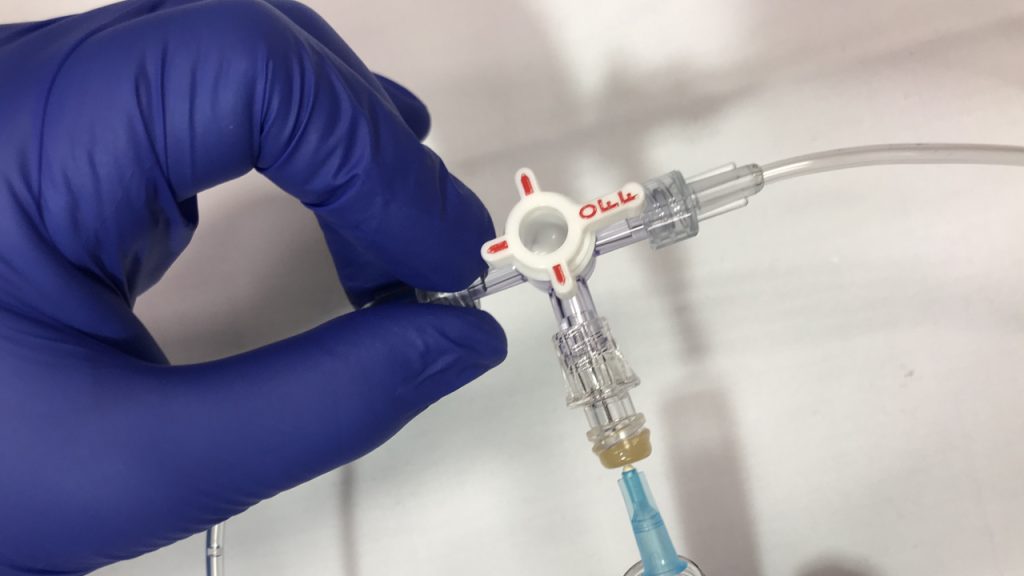External Ventricular Drainage in India starts from $3780. The total cost of the treatment depends on the diagnosis and facilities opted by the patient.
External Ventricular Drain (EVD) insertion is perhaps one of the most common and crucial lifesaving procedures in the neurology intensive care unit. The continuous intracranial pressure (ICP) monitoring and cerebrospinal fluid (CSF) diversion provided by an EVD are beneficial in a variety of acute brain injuries. Following insertion, EVD monitoring, maintenance, and troubleshooting are mainly the duty of the nurse.
The temporary drainage of cerebrospinal fluid (CSF) from the lateral ventricles of the brain or the lumbar area of the spine into an external collection bag is known as external drainage and monitoring. Using a mix of gravity and intracerebral pressure, an external ventricular drainage (EVD) system drains CSF. The rate of drainage is determined by the height of the EVD system in relation to the patient’s anatomy.
In neurocritical care, EVDs are used to:
- Reduce high intracranial pressure (ICP)
- CSF (cerebrospinal fluid) that has become infectious should be drained
- After surgery or a haemorrhage, drain any crimson CSF or blood
- Keep an eye on the CSF flow rate
- Patients undergoing open TAA/TAAA repair surgery or who become symptomatic after surgery should have their CSF removed






